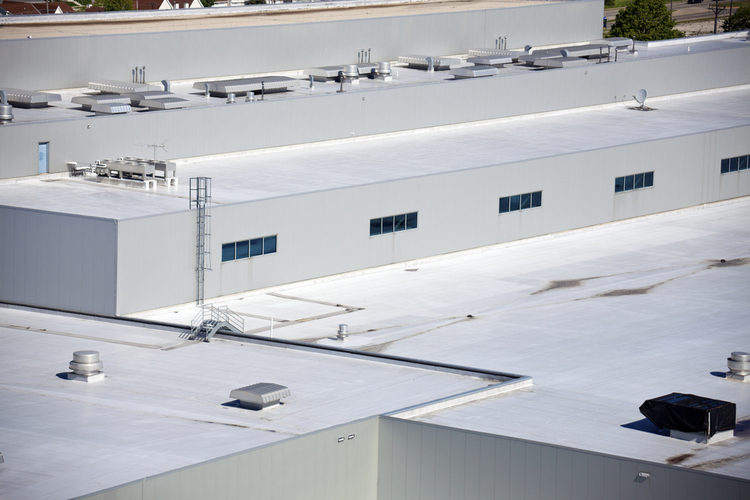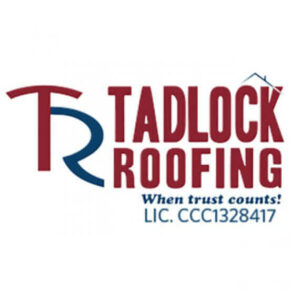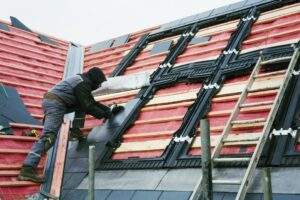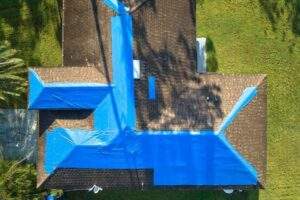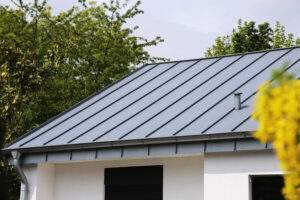Single-ply roofing systems have become a popular choice for commercial buildings in recent years because they’re easy to install, cost efficient and durable to the elements, which makes them a great investment for any large building with a flat roof that doesn’t see a lot of foot traffic.
Single-ply roofing systems generally consist of insulation, sections of flexible membrane and any other building materials such as flashings, fasteners, adhesive or gravel that help seal and secure the roof in place. Overall, a single-ply roofing system requires fewer building materials than built-up roofing systems, which require several layers of roofing sheets and adhesive and are finished with a layer of coating.
As you consider a new roof for your commercial property, here’s what you should know about single-ply roofing systems.
They’re Easy to Install and Configure
Single-ply roofing membranes are lightweight, flexible and require only one layer, so they’re easier to install than most other roofing systems and take less time, manpower and materials to do so. While every installation is unique to the layout of the building, membranes are generally installed in large sections and attached to the roof with ballasting, adhesive or mechanical fasteners. Sections of membranes are also adjoined by heat, if they consist of plastic. If they consist of rubber, then adhesive is used. This creates a waterproof seal, while still using only one layer of material.
They’re Cost Efficient
Because a single-ply roofing system is much easier to install and requires less material than other types of roofing systems, it’s a great, cost-efficient choice for your roof. While costs may vary depending on the type of membrane material installed, it’s generally less expensive to install and maintain than metal, shingled or built-up roofing systems. Your flexibility to choose the thickness and color of membrane can extend your savings. For example, many roofing membranes are available in white, which is ideal for buildings in Florida, as it will reflect the sun’s rays and help lower energy costs.
They’re Durable to Mother Nature, But Not People
If installed properly, single-ply roofing systems are known to withstand rain, wind, debris, and UV rays for several decades. However, because there is only one layer of roofing material, a single-ply roofing system is not ideal for buildings with heavy foot traffic, as it can easily be punctured. If you anticipate too many people walking on your roof, a single-ply roofing system may not be the right choice for your building. There are also other considerations, depending on the building’s location, such as the installation method. In Florida, ballasting may not be ideal, or even allowed, in some areas due to the risk of hurricanes, which could send the gravel used to weigh down the roof flying away in high winds, putting others at risk.
If you think a single-ply roofing system could be right for your building, call Tadlock Roofing at 855-964-7663 and consult with a roofing expert to choose the material and installation method that’s best for your building.


